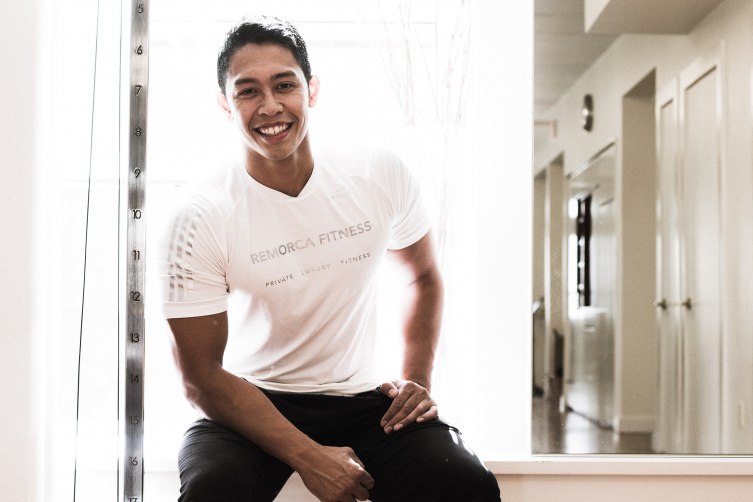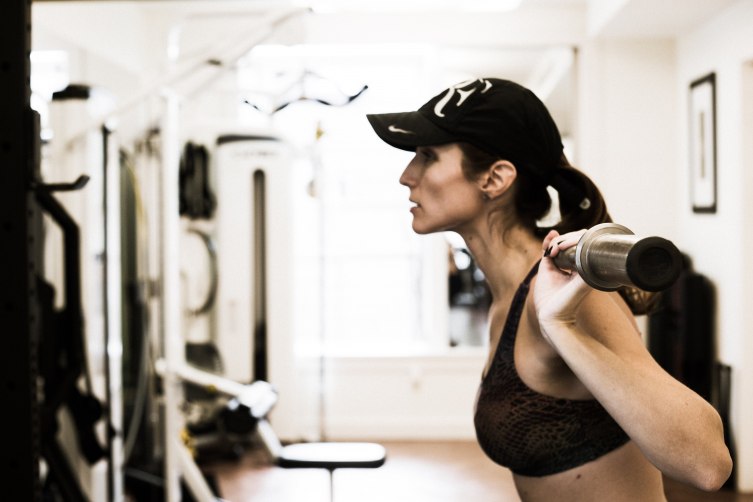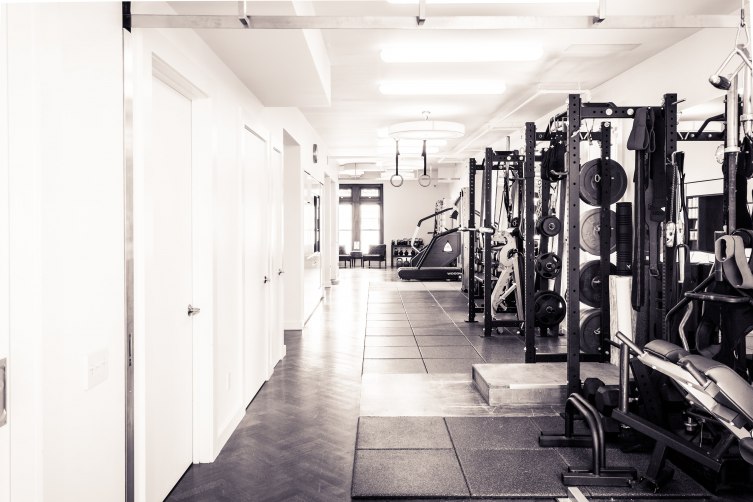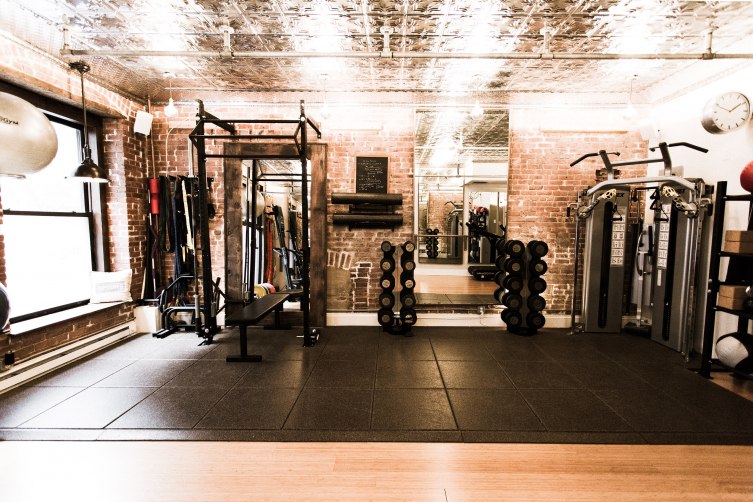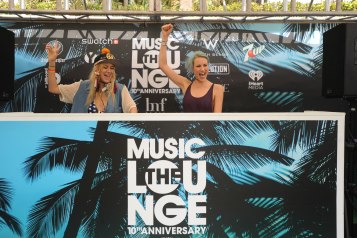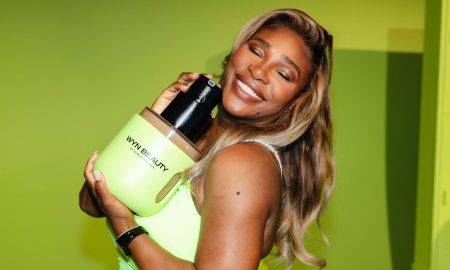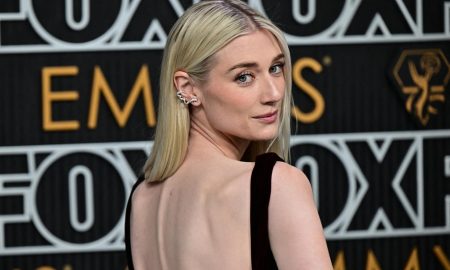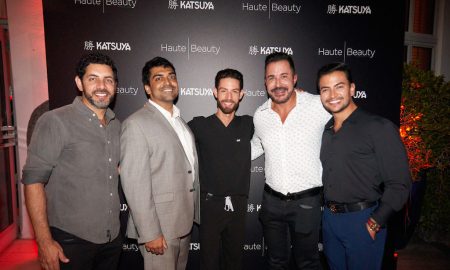Dennis Remorca, celebrity fitness trainer and founder of Remorca Fitness, talks about talks getting fit, getting motivated, and using science to achieve your fitness goals.
Can we start with you telling me a little bit about yourself?
I am a personal trainer with a background in nursing. I started personal training on the Upper East Side in 2010, while I was going to nursing school. Partway through, I realized that nursing wasn’t exactly what I wanted to do, but it was what everyone wanted me to do. I realized that the problem with medicine is that it is mainly reactive, which is tough when you are dealing with a condition that possibly could have been prevented in a client who has come to you a couple steps too late. I decided to take a year off of school to see if I could start my own personal training company, and six months later, I had my own gym. I’ve learned that I love working with people
What first inspired your passion for fitness?
When I was very young, a lady came in to my school to talk about physical fitness and firefighters. She said that you usually don’t see people of smaller stature or Asians becoming firefighters. I’m Filipino, so that really stuck with me. I started lifting weights. I stared with using my mom’s five or ten pound weights, and I started asking her to pick me up and drop me off at the gym after the mall. I started asking her for magazines like Men’s Health, so that I could learn more.
The human body is probably the world’s most sophisticated mechanism. It is amazing how, for homeostasis, one small thing can throw off the entire system. The cool part about training is that, if you lift a weight, your body will build that muscle as an adaptive mechanism. You may hurt yourself if you don’t lift that weight correctly, but your body will still build the muscle. It is almost as if you are a sculptor with a chisel and clay. It’s a really cool concept, especially when you are just starting something. There is a lot of power and science that goes into seeing the human as a big mechanism.
Can you tell me more about Remorca Fitness?
Remorca Fitness now has two locations: “The Studio” at 171 East 74th Street and “The Gallery” at 26 east 64th Street.
When I built my company, I came from a larger company. When I was opening my own space, I knew that wanted to have a place that wasn’t necessarily like a normal gym with the standard white walls and lighting. I knew that I wanted some design aspect in there, so it could feel like home. I wanted to create a place where people would enjoy themselves, want to come to, and wouldn’t want to leave. I choose the art, the flooring, and the design elements with this in mind. The atmosphere that I created sets the tone for a space that people enjoy, while they may not be able to identify what they love so much about the space. I wanted to create an atmosphere where people want to come and work out. After that, it is all based on the relationships that the clients and the trainers create. The major thing is that people come to us looking to improve themselves, which brings a lot of responsibility. We have many clients coming for years and there is a big element of trust. Most of the trainers have either an exercise science degree or some kind of health related degree, whether it is in nursing, premed, or something similar. At the same time, the trainers are also great people. I want people to see a smiling face when they walk into the gym. I work really hard to create an atmosphere where people want to be proactive.
What differentiates Remorca Fitness from other gyms?
When a new client comes in, the first thing we do is run tests so that we can tailor everything to the client’s specific goals and specific needs. We run metabolic tests with a machine that you would usually only find in an endocrinologist’s office. We measure the client’s resting heart rate, and how many calories the client burns just to live, as if he or she were to just lay down the on the ground for a day. After we have the basemark of the client’s metabolism, we talk about diet, and we establish how much lean muscle a client has, and his or her VO2 max. We also go through a series of tests for movement, which is very important because, if you don’t use your full range of motion, you lose it. We do a series of strength and endurance based tests, because everyone is a little bit different. When we do work outs, we work out with a heart rate monitor, so that the client can accurately stay in his or her fat burning zone, because, based on the tests, we where the client’s heart rate should be to burn fat. When we work out with a heart rate monitor, we know that the client is working efficiently and working to lose weight, which we keep track of.
People come in with all sorts of different goals. Sometimes we work with runners, who want to get better movement in the hip or better posture. Sometimes we work with ballet dancers who may have hyperextension in the joints, and we work on different strengthening movements. It is all specific to the client, their goals, and their needs. We often do a series of stretches, some of which are based on physical therapy stretches. When someone comes in, I will usually do the consult and then I will pair clients off with the trainer that I think works best for them in terms of personality and skill set.
Who is your typical client?
We have clients in their eighties and an eight year old trying to make the soccer team. We have a lot of executives and high profile clients, but it doesn’t matter, because when clients come in, they are just people who want to work out and that is the mind set that they all share. Our average client is probably in their late thirties or forties, and looking to take their fitness to a different level. They want results that they haven’t been able to find anywhere else. There is always some angle, like interested in functionality in movement. We also work with a few different hospitals for outpatient procedure therapy.
What advice do you find yourself most often giving to your clients?
Every action has an equal reaction, and there are no quick fixes.
Exercise has to be fun. If it is not fun, it is not going to work, because it is not going to stick. Whatever it is that you do choose to do, whether it is you work with me or you enjoy yoga or anything else that appeals to you, whatever it is that helps you to achieve that cathartic state, where you can decompress, is important and is the best form of exercise for you. If you don’t enjoy it, don’t do it. That’s where the creativity comes into play. If we are spending three hours a week together, meaning one hour 3 times a week, I want you to enjoy that hour. It is not like going to the dentist 3 times a week.
What do you hope that your clients’ biggest take away is?
I hope that my clients get an appreciation for how much power they truly have. You are in charge of what you put into your body and how you treat your body. Even then, results can still come down to individual dispositions, but, as long as you are doing everything in your power to achieve your goals, then it is a win, and you are doing a great job.
What is most rewarding part of the work day?
The most rewarding thing is when people realize how exercise and how whatever they learn in the gym affects their work and their lives outside of the gym. Of course, people lose weight and people get in great shape, but when you are working with grandparents who can pick a kid up or play hopscotch in the park, and they have an epiphany like “Oh my goodness, I couldn’t do that before, and now I can do it,” I am always very happy. I love it when people see the results of their training affect different areas of their life.
What is the most challenging part of the work day?
I wouldn’t have any qualms, but the most difficult moments occur, because there is a certain amount of transference that occurs when you are trying to fully understand what another person is going through.
What advice would you give a busy person trying to establish to an exercise routine?
Everyone should know that fitness results are within your grasp and are within your control.
First, establish your baseline, especially at the beginning, because you need things to compare and contrast to. Do your measurements, test your resting metabolic rate, and make sure to measure your progress. Because you see yourself in the mirror every day, you are not going to see results in yourself that easily. To keep yourself motivated, take your measurements every week or so, or have some kind of other benchmark that you can test your progress against. The more benchmarks you have, the better.
When new clients come into the gym, we take body fat calibers. We also do metabolic tests, so we measure their resting metabolic rate. We do photographs. Things happen, where people don’t feel like they are losing weight or getting the results that they hoped for, so but with these measurements, it all comes down to science. Don’t feel deterred if you see your weight swing up and down. It is really more about having those benchmarks to refer back to, to make sure that you’re going in the right direction.
What advice would you give someone who needs more motivation to exercise?
The body in motion stays in motion. A body at rest either stays like that or dies. If you don’t make time to exercise, what is the alternative? Everyone has fitness goals, but everyone is also a little kid with a ton of defensive mechanisms. Try to find out what you truly want to work on. Lifelong fitness is important for lifelong longevity. There is nothing worse than not being able to do what you love to do or not being able to wear the clothes you want to wear. Being able to continue to live life, doing what you love is important. If you don’t exercise, you can’t do the things that you love, you can’t dance, you can’t run, you can’t play tennis, and you should be able to do everything that you want to do. The worst thing is when you see someone who loves to do something, but can’t do it.







